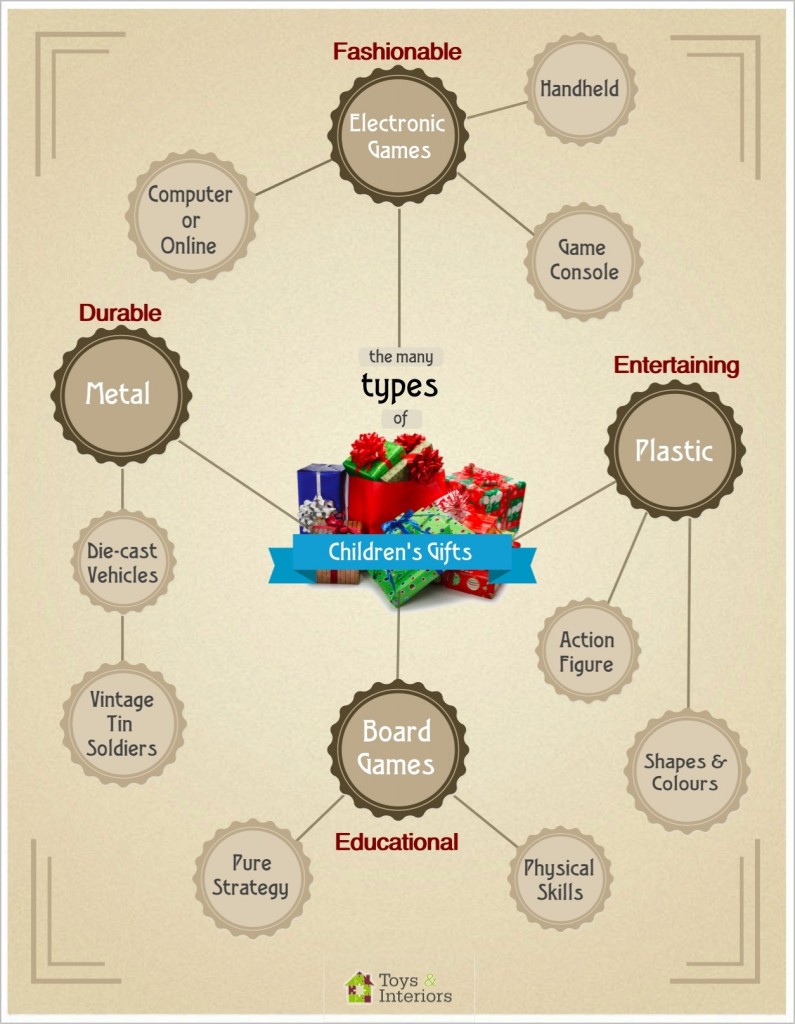 AD
AD
Today is: November 06
Scroll to explore events active on this date.
Additional Events on LEEP
LEEP INK FEATURES

August is Appropos
A toddler playing in the fountain at a park in Santa Fe, New Mexico—Photo LD Lewis. In August, we live through the Dog Days of Summer. It's hot and often humid, and those ...

September is Sassy
Can you hear that sigh of relief from parents worldwide? Yes! September marks the return of students to school, a global phenomenon. Preparations for the ACT and SATs begin earnestly for ...

OOH LA LA, October
October is the busiest month for events, with 5% more happening than in May, the second most eventful month. Sailing enthusiasts will be glued to the finals of this year's Am...
About National Safe Toys & Gifts Month: December
Retail , United States
Ends: Dec 31, 2025
DESCRIPTION:
Prevent Blindness America sponsors Safe Toys and Gifts Awareness Month each December to help adults make the best decisions to keep the holiday season joyful for everyone. In 2010, the United States. Consumer Product Safety Commission (CPSC) estimated that hospital emergency rooms across the country treated 251,700 toy-related injuries. Seventy-two percent of those injuries were to those under the age of 15.
The following tips from Prevent Blindness will help you purchase toys your children will enjoy that will keep them safe.
ELEVEN TIPS FOR PURCHASING SAFE TOYS THIS HOLIDAY SEASON
1) Make recommendations to family members and friends about appropriate gifts for your child. Be diligent about inspecting these gifts before allowing your child to play with them.
2) Inspect all toys before purchasing. Monitor toys your child has received as gifts to ensure they are appropriate for your child’s age and developmental level.
3) For younger children, avoid play sets with small magnets and make sure batteries are secured within the toy. Ingested magnets and batteries cause serious injury, and death can occur.
4) Gifts of sports equipment should always be accompanied by protective gear (such as a basketball along with eye goggles or a face guard with a new batting helmet for baseball or softball).
5) Any toy labeled “supervision required” must be used in the presence of an adult. Keep toys meant for older children away from younger ones.
6) Always save the warranties and directions for every toy. Include a gift receipt. Repair or throw away damaged toys.
7) Avoid toys that shoot or include parts that fly off.
8) Inspect toys for sturdiness. Your child’s toys should be durable, with no sharp edges or points, and the toys should also withstand impact. Dispose of plastic wrapping material immediately on toys as they may have sharp edges.
9) Don’t give toys with small parts to young children. Young kids tend to put things in their mouths, increasing the risk of choking. If any part of a toy can fit in a toilet paper roll, the toy is not appropriate for children under three.
10) Do not purchase toys with long strings or cords, especially for infants and young children, as these can become wrapped around a child’s neck.
11) Always dispose of deflated or broken balloons immediately. According to the CPSC, more children suffocated from these than any other toy.
VIDEOS
ADDITIONAL IMAGES
Where would you like to go now?
 AD
AD






/footer-logo.svg)
